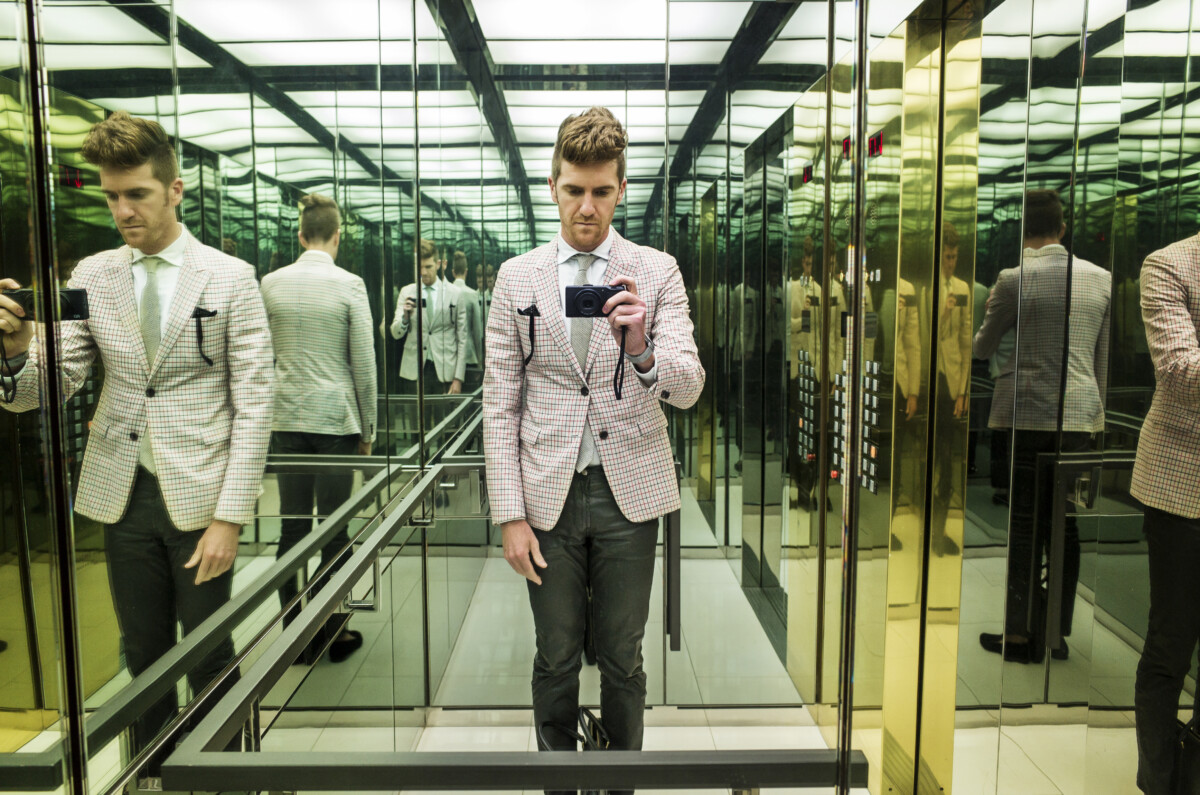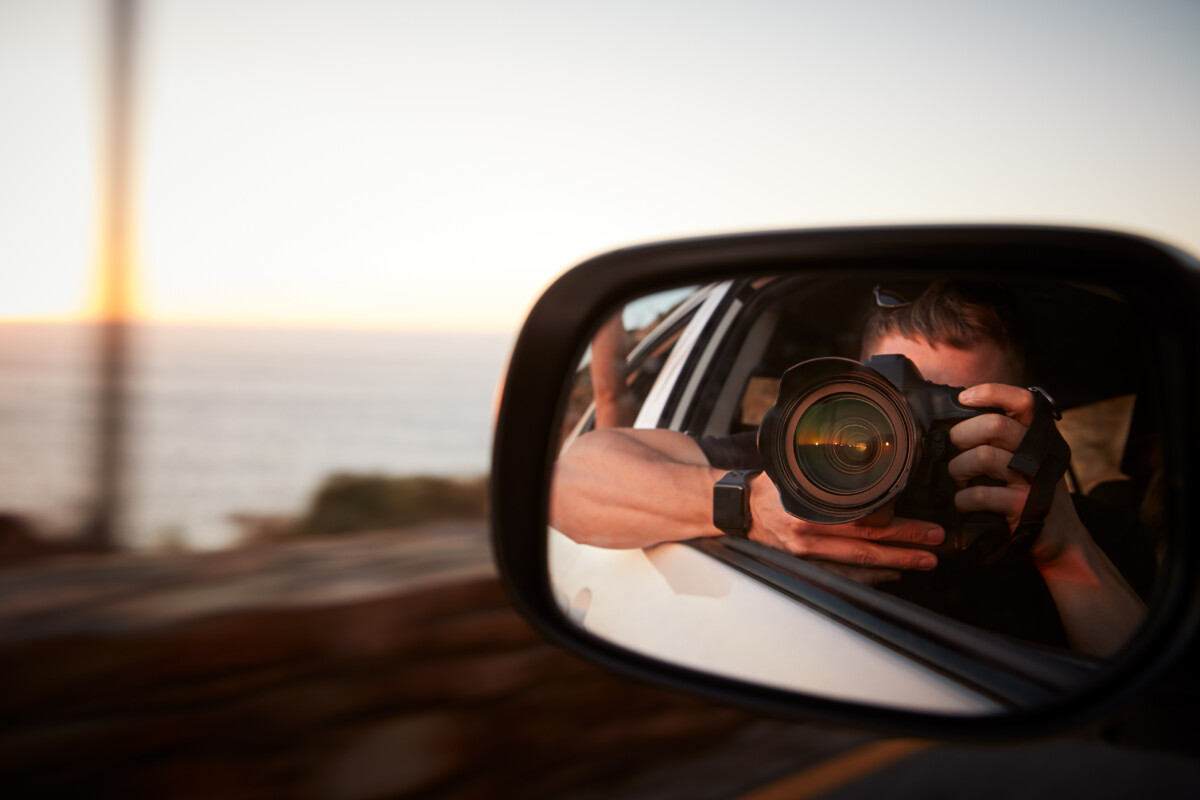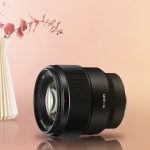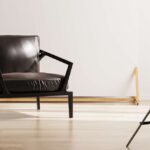
We use mirrors and cameras to collect and view images of ourselves and our environment. While each have distinct qualities and applications, there is ongoing disagreement over which is more accurate in terms of visual representation.
In this discussion, we will go deeper into the topic of mirror or camera which is more accurate, discussing the benefits and drawbacks of each, as well as the elements that influence their accuracy.
Mirrors vs Cameras: Which Is More Accurate?

Mirrors and cameras each have their own set of characteristics and limits.
Mirrors are often thought to be more accurate in recreating an object’s or person’s physical appearance. This is due to the fact that mirrors reflect light in a manner very similar to how our eyes see light, resulting in a “true to life” image, although mirrors can also be impacted by factors such as lighting and angle, causing the accuracy of the reflection to vary.
Cameras, on the other hand, can record a broader spectrum of colors and features than mirrors. Cameras can also be used to take images or films from various angles and adjust for varied lighting conditions.
Cameras, contrary to mirros, can have distortion, noise, and lens aberrationsd, which make the final image less accurate than a mirror’s reflection. Furthermore, a camera’s image is a 2D approximation of a 3D reality, making it less accurate than a real-life reflection.
With all being said, we can pretty much conclude that mirrors are more accurate at reproducing an object’s or person’s physical look, although cameras are more adaptable and can record a larger range of colord and details.
Also Read: A Blog That Explains Why We Look Bad In Photos
Why People Think They Look Better In Front Of A Mirror

There are various reasons why people appear better in front of a mirror than in photographs.
First, when we look in the mirror, we see a mirror image of ourselves. This can be more attractive to our appearance since it alters our perceptiom of certain traits. For example, if someone has a crooked nose, you can be in a position that makes it appear straight.
Second, when we gaze in the mirror, we can see our complete body and move about, whereas a photograph only capturesd a piece of our body. Because we can see our full body in the mirror and modify our posture or stance to appear more attractive, this can make a significant difference in how we perceive our appearance.
Third, because most individuals gaze in the mirror more than they do in images, this familiarity can make them more comfortable with their own appearance and less judgmental of it.
Finally, photographs are frequently shot with a camera, which is a 2D depiction of a 3D world, which can induce distortion and cause some characteristics to appear differently than they do in reality. Furthermore, cameras can have varying lens and lighting conditiond, which can impact the final image.
In brief, due of the inverted image, the capacity to see the complete body, familiarit, and camera constraints, persons may appear to look better in front of a mirror than in a photograph.
Also Read: A Blog That Explains Why We Look Fat In Photos
Is It Possible To Look The Same In Both Mirrors & Pictures?
It is possible for a person to appear the same in mirrors and photographs, although this can be challenging due to variances in how mirrors and cameras collect images.
To appear identical in mirrors and photographs, a person must be aware of the particular lighting, perspective, and position that makes them look their best. Theu would also need to know how to pose or modify their posture in order to look their best. To avoid distortion, take into account the camera lens, distance, and setting.
A person can also use a camera with a high resolution and a good lens to capture realistic colors and details of the topic. Some professional photographers utilize techniques such as reflecting the image or scanning it using a 3D scanner to assist match the image to the mirror.
So, when it comes down to it, it is feasible for a person to look the same in mirrors and photographs, but itd takes a lot of attention to detail and some photography knowledge to accomplish this.
When Compared To A Mirror Image, How Accurate Is A Selfie?

In terms of recreating a person’s physical appearance, a selfie snapped with a smartphone camera is not as accurate as a mirror.
Selfies are frequently taken at close range with the camera lens angled slightly upward, which can induce distortion and make particular features appear larger or smaller than they are.
Furthermore, because a smartphone’s front-facing camera is not as good as a professional camera, it may not capture the same amount of detail and color accuracy as a mirror.
A mirror image, on the other hand, is a reflection of a person’s genuine appearance and is not subject to the same forms of distortion as a selfie. Mirrors also provide a larger field of view than selfies, allowing the user to see their complete body.
However, with a little attention to detail and some photography knowledge, it is more than possible to create a selfie that is a close depiction of how you seem in the mirror. This can be accomplished by using the phone’s rear camera, a tripod, altering the angle and distance of the camera, and taking many photographs to select the best one.
As a result, a mirror is knownm to be more accurate than a selfie in duplicating a person’s physical appearance, but with a little attention to detail, it is possible to snap a selfie that is a close reflection of how you seem in the mirror.
Also Read: Does a Phone Camera Distort Your Face?
Final Thoughts
I think that in today’s article, whether mirror or camera was more accurate, we all had an extremely engaging and interesting discussion. I mean, I enjoy how nature is at work when it comes to mirrors reflecting your picture. A camera, on the other hand, records a 2D image of a 3D environment that isn’t as exact, and it’s still.
In any case, I believe you now understand which is more accurate, as well as the facts and aspects that support that statement. See you in the next one!

Photo & Videographer
A photographer with a passion for capturing the beauty of nature and the human form. My work has been featured in galleries and publications around the world, and I strive to create images that evoke emotion and tell a story.



